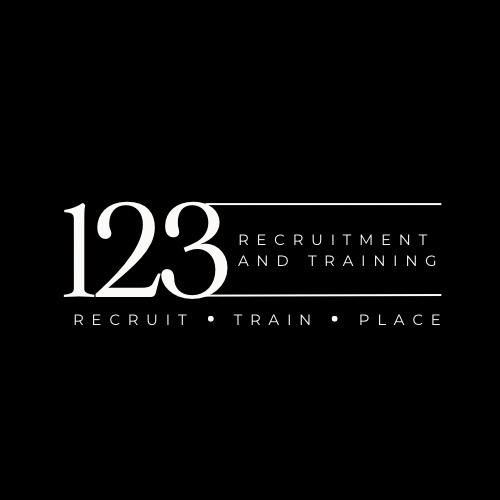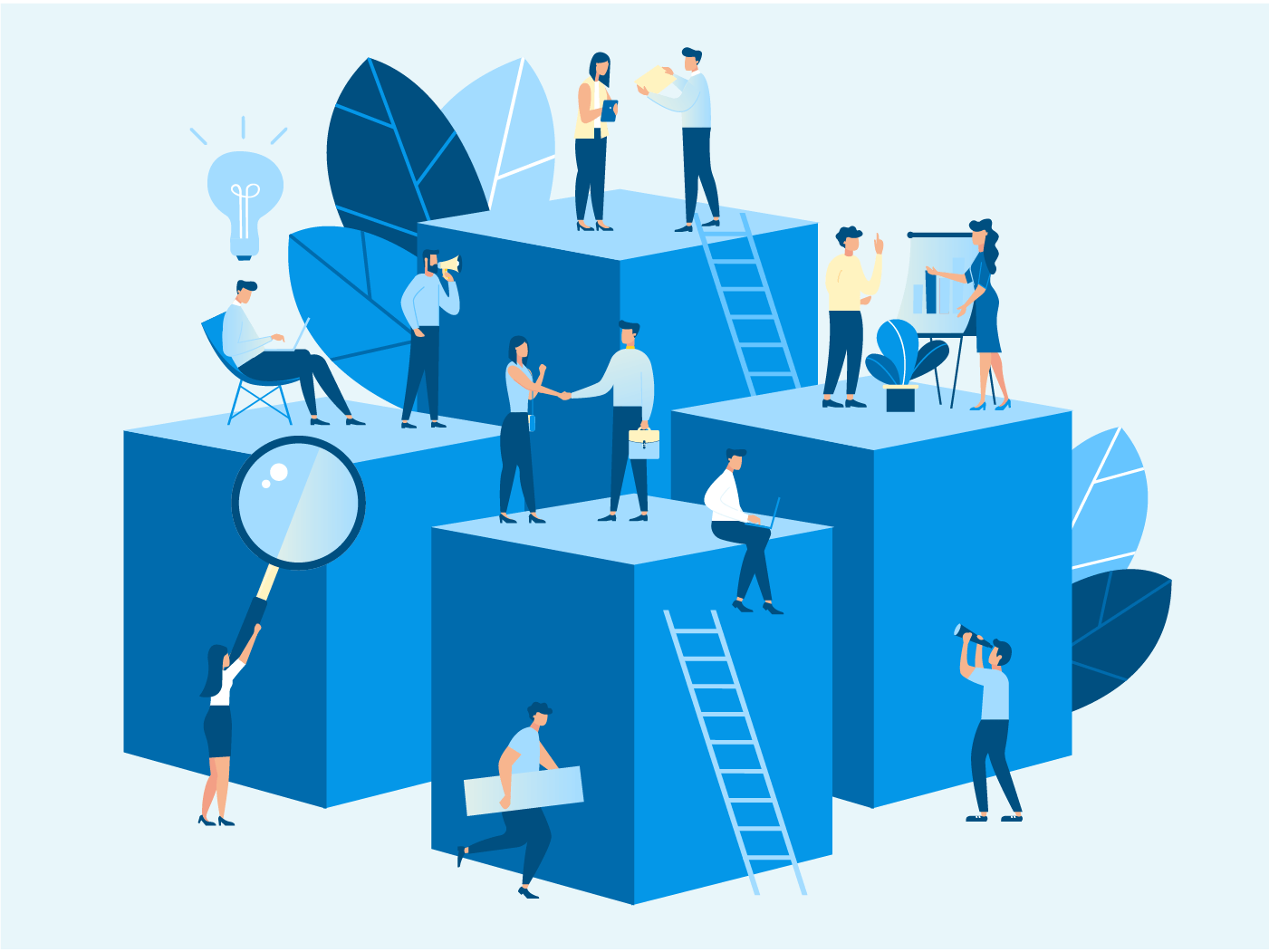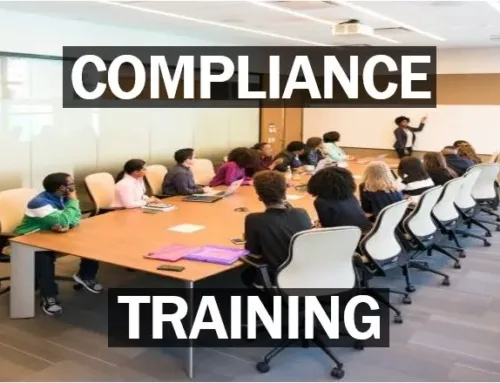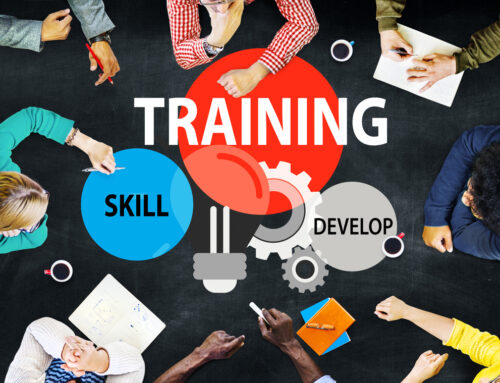Employee development programs are a cornerstone of successful businesses. These programs go beyond day-to-day tasks, focusing on equipping employees with the skills, knowledge, and confidence they need to excel in their roles and grow within the organization.
In this blog, we’ll explore the benefits of employee development programs, types of initiatives companies can implement, and best practices for creating impactful programs that drive success for both employees and businesses.
What Are Employee Development Programs?
Employee development programs are structured initiatives designed to improve an individual’s professional skills, knowledge, and overall performance. These programs focus on enhancing both soft and hard skills to ensure employees are equipped to handle current responsibilities and future challenges.
Such programs can range from formal training sessions and mentorship opportunities to online courses and leadership workshops.
Why Employee Development Programs Are Essential
- Boost Productivity:
Employees who are trained and confident in their roles perform more efficiently, leading to increased output. - Enhance Employee Retention:
Development opportunities show employees that their growth matters, reducing turnover and fostering loyalty. - Prepare for Future Roles:
Training programs prepare employees for leadership and other advanced roles, ensuring a smooth succession process. - Adapt to Industry Changes:
Continuous learning keeps employees updated on the latest industry trends, tools, and technologies. - Improve Workplace Morale:
Investing in employee development creates a positive work environment and encourages collaboration.
Types of Employee Development Programs
1. Skill Development Training
- Hard Skills: Training on specific tools, technologies, or processes needed for an employee’s role.
- Soft Skills: Enhancing communication, teamwork, time management, and emotional intelligence.
2. Leadership Development Programs
- Focused on preparing employees for managerial and leadership roles.
- Covers decision-making, conflict resolution, team management, and strategic thinking.
3. Mentorship and Coaching
- Pairing employees with experienced mentors who guide their professional growth.
- Encourages knowledge sharing and builds meaningful workplace relationships.
4. Cross-Training
- Training employees in multiple roles to increase versatility and adaptability.
- Promotes collaboration across departments and prepares employees for diverse responsibilities.
5. Online Learning and Certifications
- Access to e-learning platforms and industry-recognized certification programs.
- Enables employees to learn at their own pace and on their schedule.
6. Diversity and Inclusion Training
- Focuses on creating an inclusive workplace that values diverse perspectives.
- Enhances cultural competency and reduces unconscious bias.
7. Wellness and Work-Life Balance Programs
- Includes stress management workshops, mindfulness training, and fitness initiatives.
- Promotes holistic development and enhances overall well-being.
Steps to Implement Effective Employee Development Programs
1. Assess Needs and Goals
- Identify skills gaps and organizational goals.
- Survey employees to understand their aspirations and training needs.
2. Design Customized Programs
- Develop training initiatives that align with both individual and business objectives.
- Include a mix of learning methods like workshops, online courses, and hands-on practice.
3. Engage Leadership Support
- Involve managers and executives to champion development initiatives.
- Leadership support increases program credibility and participation.
4. Use Technology
- Leverage e-learning platforms, virtual workshops, and collaboration tools for seamless delivery.
- AI-driven tools can personalize training recommendations based on employee profiles.
5. Measure Effectiveness
- Track progress through performance metrics, feedback, and employee satisfaction surveys.
- Continuously refine programs based on insights and outcomes.
Benefits of Employee Development Programs
For Employees:
- Career Growth: Opportunities to advance within the company.
- Skill Enhancement: Staying competitive in a fast-changing job market.
- Job Satisfaction: Feeling valued and supported in their professional journey.
For Organizations:
- Increased Productivity: Well-trained employees contribute more effectively.
- Reduced Turnover: Development initiatives foster loyalty and retention.
- Stronger Leadership Pipeline: Programs build future-ready leaders.
- Enhanced Reputation: A commitment to employee growth attracts top talent.
Trends in Employee Development Programs
- Microlearning: Delivering bite-sized, focused learning content for quick skill-building.
- Gamification: Adding game-like elements to make training engaging and interactive.
- AI-Powered Personalization: Customizing training content based on individual learning preferences.
- Hybrid Training Models: Combining in-person workshops with online learning platforms.
- Focus on Mental Health: Including wellness programs as part of overall employee development.
Examples of Successful Employee Development Initiatives
Google’s Career Development Programs
Google offers a range of programs, from on-the-job training to leadership development workshops, ensuring employees are always learning.
IBM’s Skills Academy
IBM provides technical and professional skills training to employees, helping them stay ahead in the tech industry.
Deloitte’s Leadership Pathways
Deloitte invests in leadership development programs that empower employees to take on advanced roles within the organization.
Conclusion
Employee development programs are a win-win for both employees and organizations. They help individuals grow professionally while boosting overall business performance. By implementing well-designed training initiatives, companies can foster a culture of continuous learning, innovation, and collaboration.
As the workplace evolves, organizations that prioritize employee development will remain agile, competitive, and successful. Whether you’re an HR professional, manager, or business leader, investing in your workforce’s growth is the key to long-term success.







Leave A Comment